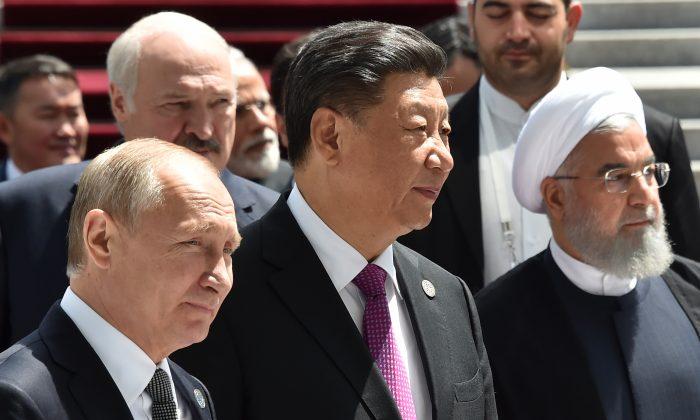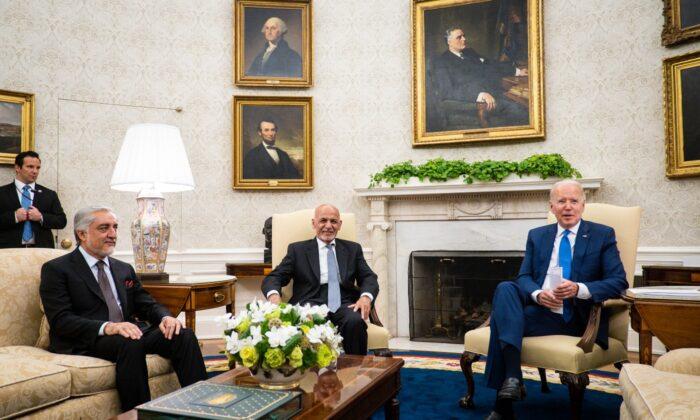Planet Earth, for worse and occasionally better, is a world of neighborhood existence—many neighborhoods at peace, many (most?) neighborhoods uneasy and facing tenuous circumstances, too many neighborhoods experiencing outright anarchy and war.
Blame the level of perception, of easy aggregation, for missing this truth. I’ll illustrate with an anecdote. Six years ago, an obstreperous type saw me at a private reception. From across the room, he bellowed: “Austin Bay! Is there any hope for Africa?”
My reply to the bellower—and the 15 or 20 so others present, who were surprised by the bellowing and puzzled by the question: “Which Africa? There are 6,000 Africas. Some Africas are doing quite well.”
The bellower blinked—an encouraging response. By George, he got it.
The 6,000 figure was meant to indicate I thought he had framed his question rater poorly. I could have replied 30,000 Africas and, given airtime and footnotes, defended the figure. Understand I could say the same thing about the Americas, Europe, and Asia. Antarctica is an exception, maybe. Australia isn’t.
Self-serving power brokers, corrupt leaders, nepotism, sham elections, violent intimidation and calculated propaganda spewed by crooked political and tribal organizations designed to divide communities and incite hate—these destructive actors and actions threaten human life globally. They strangle human creativity and, in so doing, deny or steal prosperity.
If “propaganda” sounds too fancy a term for some neighborhoods, substitute “malign gossip concocted to manipulate people using shock, fright and anger.” Whether delivered vocally or digitally, the abusive purveyors utilize the tactic of falsehood.
2020 provides numerous USA examples: Minneapolis. Chicago. New York. Seattle. El Paso. Stability and safety anywhere on planet Earth are not givens.
To the bellower’s credit, he approached me as I was leaving. He had recently read an article about central African instability and recalled reading a column I had written about the Democratic Republic of Congo’s anarchic eastern provinces. He regretted shouting. But the rampant violence appalled him.
I assured him it appalled me as well, but how we feel has zilch effect on the horror.
We didn’t discuss formulating, much less executing policies—fancy terms for trying to do something to protect lives. In retrospect, I should have asked him whether he supported funding the police in Austin, Texas. Since the 2020 city council supports defunding, let’s revise his bellow. “Austin, Texas! Is there any hope?”
The term “failed state” had its day in D.C. Beltway discourse. It translated—roughly—as a region that could not or did not protect humans living within its political boundaries. On the ground, it meant scores, if not hundreds, of neighborhoods convulsed by violence.
The new strategy identifies fragility as the key strategic issue, not failure. “Failed state” implies static rubble that requires centralized rebuilding.
Fragility frames the problem as a dynamic where small changes—neighborhood by neighborhood—can ultimately produce systemic improvement.
Here’s the American interest: “Fragility can enable authoritarianism, external exploitation, and increase the influence of the United States’ competitors in both physical and digital realms. Weak states are much more susceptible to Russian and Chinese coercion.”
The new strategy “seeks to break the costly cycle of fragility and promote peaceful, self-reliant nations that become U.S. economic and security partners. The United States will pursue a new approach that addresses the political drivers of fragility and supports locally driven solutions.”
Amen. The core problems are local.
Another encouraging goal: A host country’s political will, “respect for democracy and human rights, defined cost-sharing, and mechanisms that promote mutual accountability” will determine the degree of America engagement.
Translation: If afflicted locals want U.S. help, the locals must help themselves. Moreover, the United States “will support locally driven political solutions that align with United States’ national security interests.”





